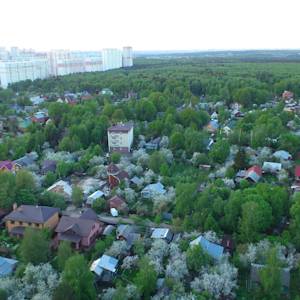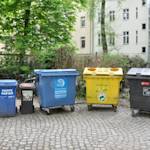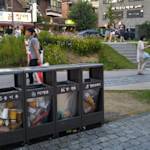Copenhagen, world's greenest cities
2020 CE • Copenhagen, Denmark
Copenhagen is considered by many experts as one of the greenest cities in the world. "Today, more than 30% of Denmark's energy requirements come from renewables, and it expects to reach 50% by 2030 and achieve energy independence by 2050. A considerable part of this energy sustainability is from biofuels and waste management . . . Around 62% of the city's residents commute to work or school by bike and almost one third of all journeys across the city are done with this mode of transport. The aim is to reach 50% by 2050 . . . Since 2010, regulations require all newly-constructed buildings to incorporate green roofs . . . They also help absorb particle pollution and they are connected to the water supply with rainwater catchment systems absorbing 80 % of the abundant rainfall." Additionally, "around a quarter of the urban area of Copenhagen is made up of green spaces." Copenhagen's commitment to sustainable urban development, renewable energy, and innovative transportation solutions positions it as a global leader in environmental initiatives.
Jaime Ramos, "What Has Made Copenhaden the Green Capital of the World?" Tomorrow City, July 8, 2021.
Image: SvitlanaRom from Pixabay


Learn about Maya Lin’s fifth and final memorial: a multi-platform science based artwork that presents an ecological history of our world - past, present, and future.

Discover ecological histories and stories of former abundance, loss, and recovery on the map of memory.

Learn how we can reduce our emissions and protect and restore species and habitats – around the world.

See how art can help us rethink the problems we face, and give us hope that each one of us can make a difference.

Help make a global memorial something personal and close to home. Share your stories of the natural world.


